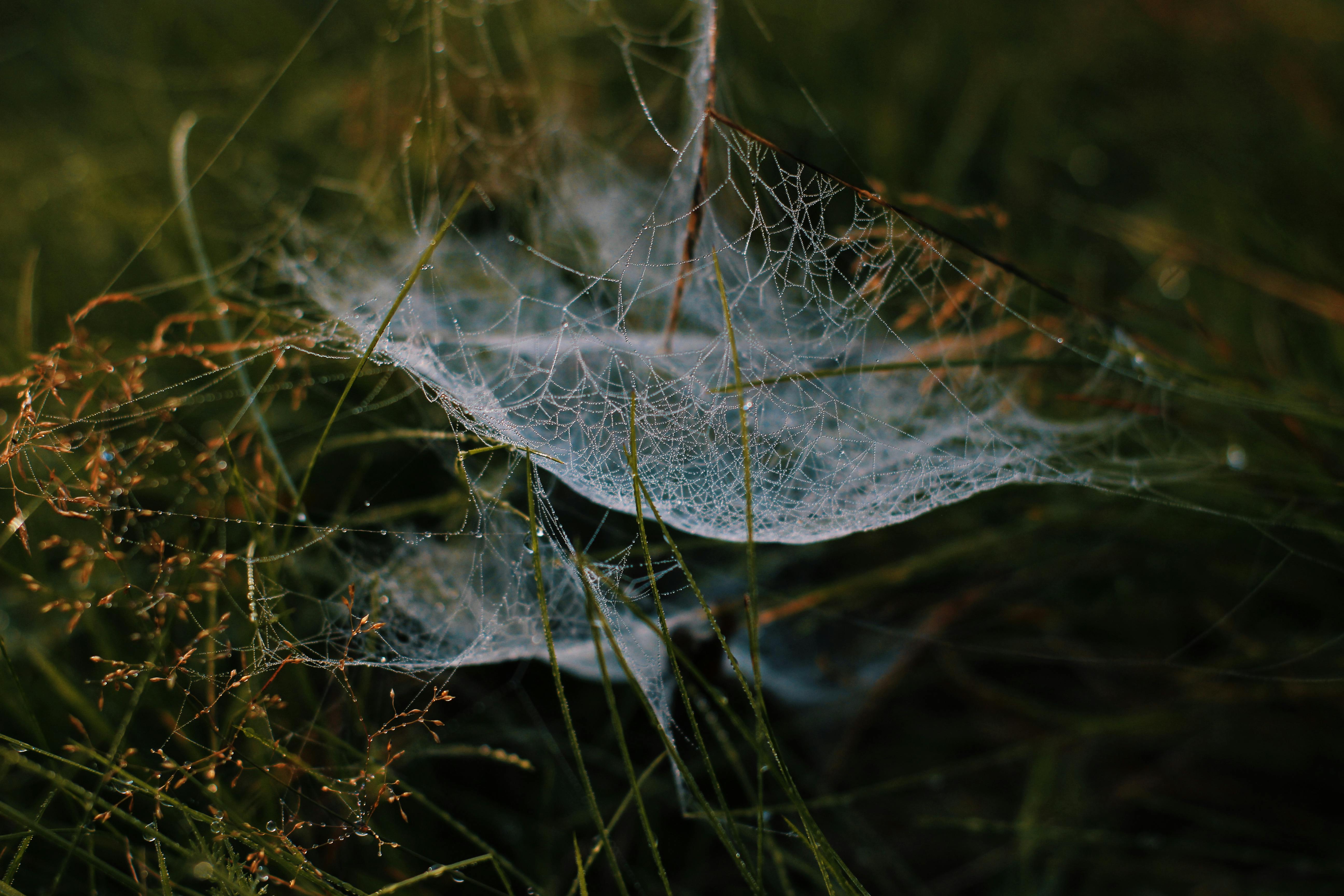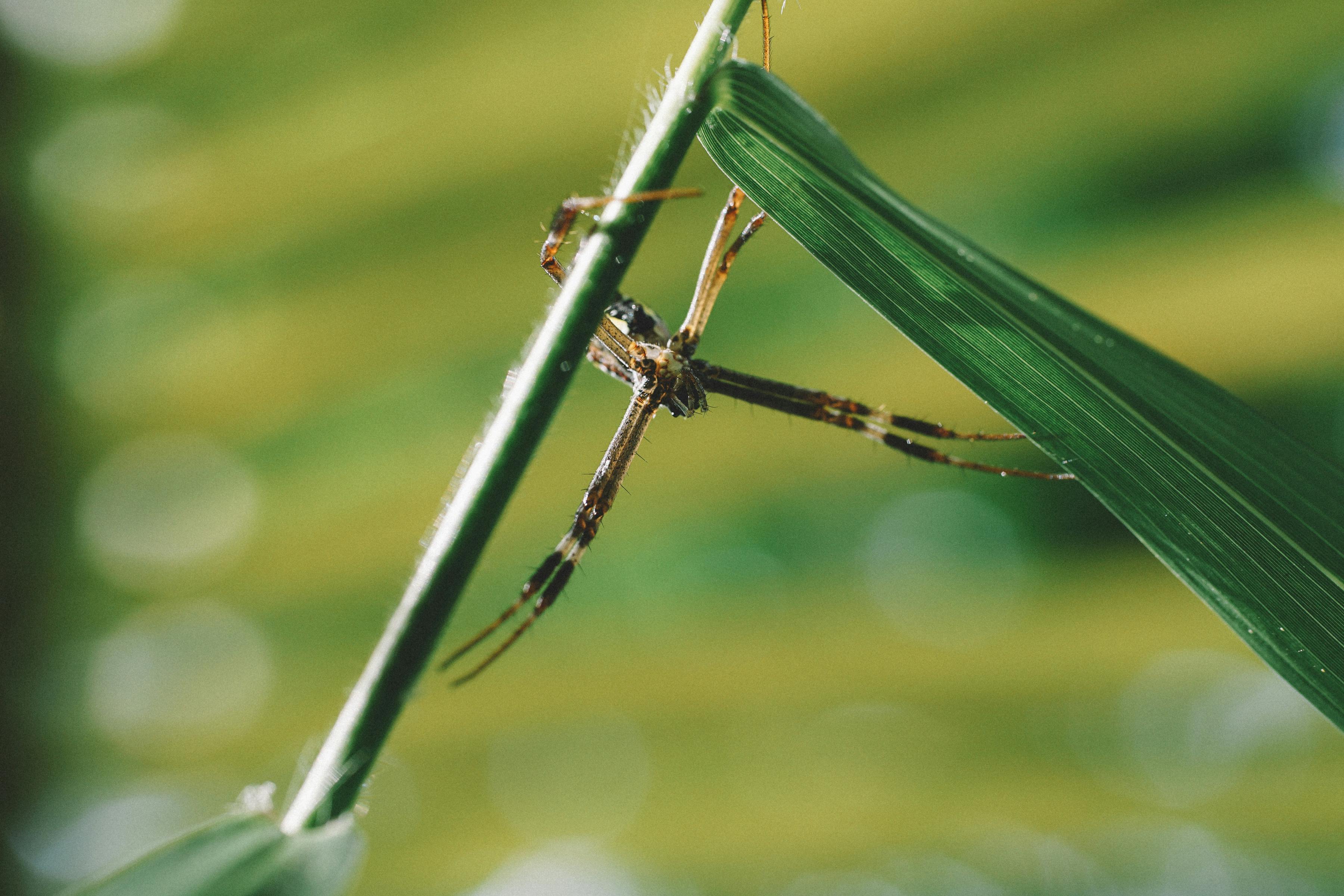If you have a spider plant in your home, you may have noticed that it is looking pale and limp. This is a common problem and can be caused by a variety of factors. In this article, we will explore the possible causes for why your spider plant may be looking pale and limp and what you can do to help it recover.Your spider plant may be pale for a few different reasons. The most common cause is that it is not getting enough sunlight, which it needs for photosynthesis. Even indirect sunlight is beneficial and increases the amount of chlorophyll in the leaves, giving them a green, healthy look. Additionally, spider plants need to be watered regularly but not over-watered, as too much water can lead to root rot and yellowing or pale leaves. Lastly, poor soil quality and fertilizer can also cause the leaves of your spider plant to become pale.
Reasons for Spider Plant Limpness
Spider plants are popular houseplants known for their striking foliage and easy propagation. However, despite their hardiness, spider plants can suffer from limpness or wilting. There are a number of factors that can cause a spider plant to become limp, including incorrect light exposure, overwatering, underwatering, and nutrient deficiency.
Incorrect Light Exposure
Spider plants prefer bright indirect sunlight. If the plant is exposed to too much direct sunlight, the leaves may become limp or yellow due to sunburn. On the other hand, if the plant is placed in a location with inadequate light, it may become leggy and limp as it attempts to grow towards brighter areas.
Overwatering
Spider plants prefer moist soil but can easily suffer from root rot if overwatered. Overwatering can also cause the leaves to become limp or yellow due to lack of oxygen in the soil. If you suspect that your spider plant has been overwatered, allow the soil to dry out completely before adding any additional water.
Underwatering
Underwatering can also cause spider plants to become limp as they attempt to conserve water in response to drought-like conditions. Spider plants should be watered when the top inch of soil feels dry to the touch and allowed to drain fully before being returned to its pot.
Nutrient Deficiency
A lack of essential nutrients such as nitrogen and phosphorus can also cause spider plants to become limp or discolored. To remedy this issue you may need to supplement your spider plant’s diet with liquid fertilizer or a slow-release fertilizer that contains trace elements such as iron and zinc.
Tips to Revitalize a Limp Spider Plant
Spider plants are hardy and easy to care for houseplants that are relatively low maintenance. However, if neglected or placed in the wrong environment, they can become limp and droopy. If your spider plant is looking a bit sad, you can easily revive it with the right care and attention. Here are some tips to revitalize a limp spider plant:
First of all, make sure your spider plant is getting enough sunlight. Spider plants need bright indirect sunlight to stay healthy and vibrant. If your plant is not receiving enough light on a daily basis, it can become spindly and limp as it struggles to get energy from its environment.
Next, check your watering schedule. Overwatering can cause root rot and lead to drooping leaves. Spider plants prefer slightly moist soil but should never be left in standing water as this can lead to yellowing leaves and root rot. It’s best to water when the top inch of soil is dry.
Finally, spider plants also respond well to occasional fertilizing. A diluted liquid fertilizer applied every couple of months will help keep your plant healthy and vibrant. Make sure you follow the directions on the fertilizer package as over-fertilizing can also cause problems.
With these simple tips, you should be able to revive your limp spider plant in no time! With regular watering, light exposure, and fertilization, your spider plant will soon be back looking healthy and happy again.
Light Requirements of Spider Plants
Spider plants are one of the most popular houseplants because they are easy to grow and maintain. They are also known as Chlorophytum Comosum and they thrive in bright, indirect sunlight. Spider plants grow best when placed in a spot where they will receive bright, indirect light all day long. If your home doesn’t have enough natural light, you can supplement with artificial lighting. For best results, use a combination of both types of lighting to ensure that your spider plants get the light they need.
Spider plants can survive in low-light conditions but will not thrive or produce their signature foliage if kept in too dark of an environment. The ideal light for spider plants is medium to bright indirect light. Avoid direct sunlight as it can scorch the leaves of your spider plant and cause browning or yellowing. If you notice this happening to your plant, move it out of direct sun and into a brighter spot with more indirect light.
When it comes to artificial lighting, LED bulbs are recommended for spider plants because they produce very little heat which is beneficial for the health of your plant. If you’re using fluorescent bulbs, make sure that they’re placed at least 12 inches away from the leaves of the plant to prevent any damage from heat or intense light exposure. Additionally, you should rotate your spider plant every few weeks so that all sides get equal amounts of light exposure.
By providing adequate amounts of light, water and fertilizer, you will be rewarded with vibrant foliage and healthy growth in your spider plant!
Watering a Spider Plant Properly
Spider plants are hardy houseplants that are easy to care for and require minimal maintenance. However, they do need to be watered regularly in order to thrive. Proper watering techniques will ensure that your spider plant stays healthy and happy. Here’s what you need to know about watering your spider plant properly.
The most important thing to remember when watering a spider plant is to avoid overwatering. Spider plants prefer soil that is slightly moist, but not soggy or waterlogged. The best way to determine if your spider plant needs water is by sticking your finger into the soil about two inches deep – if the soil feels dry, it’s time to water.
When you water your spider plant, make sure you use lukewarm water rather than cold water. Cold water can shock the roots of the plant and cause damage. When you’re done watering, make sure you empty any excess water out of the saucer or tray so that the roots don’t sit in standing water for too long.
Be aware that spider plants can suffer from root rot if they are overwatered or left sitting in standing water for too long. If you notice any signs of root rot, such as yellowing leaves or wilting stems, it’s important to stop watering immediately and let the soil dry out before watering again.
Overall, spider plants are very resilient houseplants that don’t require a lot of maintenance or special care. As long as you follow these simple tips for proper watering techniques, your spider plant should thrive and be a beautiful addition to your home!

Possible Pests or Diseases Affecting a Spider Plant
Spider plants (Chlorophytum comosum) are popular houseplants known for their easy care requirements and attractive foliage. Despite being relatively low-maintenance, spider plants can be affected by pests and diseases. Common pests include aphids, mealybugs, scale insects, thrips and spider mites. These pests can cause damage to the leaves of the plant and stunt its growth. Diseases such as powdery mildew, root rot and leaf spot can also affect spider plants. Powdery mildew is a fungal disease that causes white spots on the leaves of the plant. Root rot is caused by overwatering and leads to yellow or brown leaves, wilting stems and stunted growth. Leaf spot is caused by fungi that form dark spots on the leaves of the plant.
It is important to monitor your spider plant regularly for signs of pests or diseases. If you notice any signs of damage or discoloration, take action immediately to prevent it from getting worse. Prune off affected areas of the plant to keep it healthy and remove any dead or dying foliage. Make sure you water your spider plant properly – not too much or too little – as this can increase its susceptibility to diseases.
Potting Mix for a Spider Plant
When it comes to potting mix for a spider plant, it is important to use a soil that is well-draining and nutrient-rich. A potting mix that is too dense or compacted can cause the roots to rot, leading to unhealthy growth and even death of the plant. The best potting mix for spider plants typically consists of two parts peat moss, one part compost or aged manure, and one part perlite or vermiculite. This combination allows for good water drainage while still providing the nutrients necessary for healthy growth. Additionally, adding some slow-release fertilizer can help ensure that your spider plant has access to all of the nutrients it needs throughout the growing season.
When potting your spider plant in its new soil mix, be sure to leave some extra room at the top of the pot so you can easily water your plant without spilling over onto other plants or furniture. Also, make sure that you water your spider plant regularly – about once a week should be sufficient – but be careful not to overwater as this can lead to root rot as well. Finally, don’t forget to give your spider plant plenty of light so it can thrive!
Temperature Requirements for a Spider Plant
Spider plants are easy to care for and make great houseplants. They thrive in temperatures between 65-75°F and prefer airy, humid environments. When the temperature drops below 55°F, the leaves of the plant may start to yellow. If temperatures drop too low, the plant may become damaged or even die.
It is important to keep your spider plant in a location that is away from cold drafts and open windows. Also make sure that it is not placed in direct sunlight as this can cause the leaves to become scorched and dry out.
You should also be aware of sudden temperature changes, as these can shock the plant. If you have an air conditioner in your home, it is best to keep the spider plant away from it as it can cause extreme fluctuations in temperature which can be harmful to your plant.
Spider plants do not require high temperatures but they do prefer warm climates when possible. Keeping them in a warm room will help them stay healthy and strong and will ensure they grow quickly and produce lots of beautiful foliage.

Conclusion
The cause of a spider plant’s paleness and limpness may be due to incorrect watering, lighting, or temperature conditions. If you have been taking proper care of your spider plant and it still seems to be pale and limp, you may need to consider repotting your plant in fresh soil or fertilizing it. Additionally, you should also assess the level of humidity in your home since it can contribute to the health of your spider plants. By understanding the needs of your spider plants, you can ensure that they remain healthy and vibrant.
Overall, if your spider plant is looking pale and limp, there are a few steps that you can take to try and revive it. Check the watering schedule, temperature level, amount of light exposure, humidity level in your home and check if any repotting or fertilizing is necessary. With the right care, you should be able to restore the health of your spider plants in no time!

